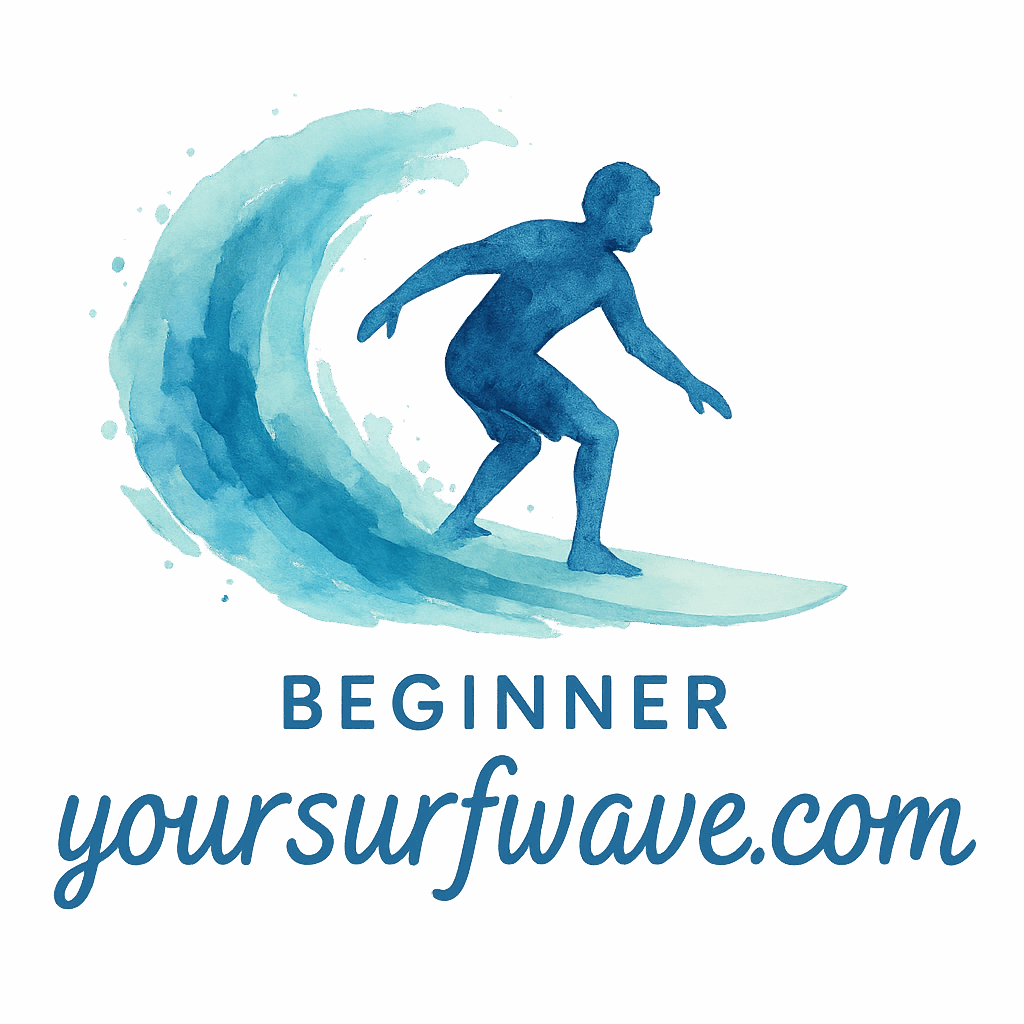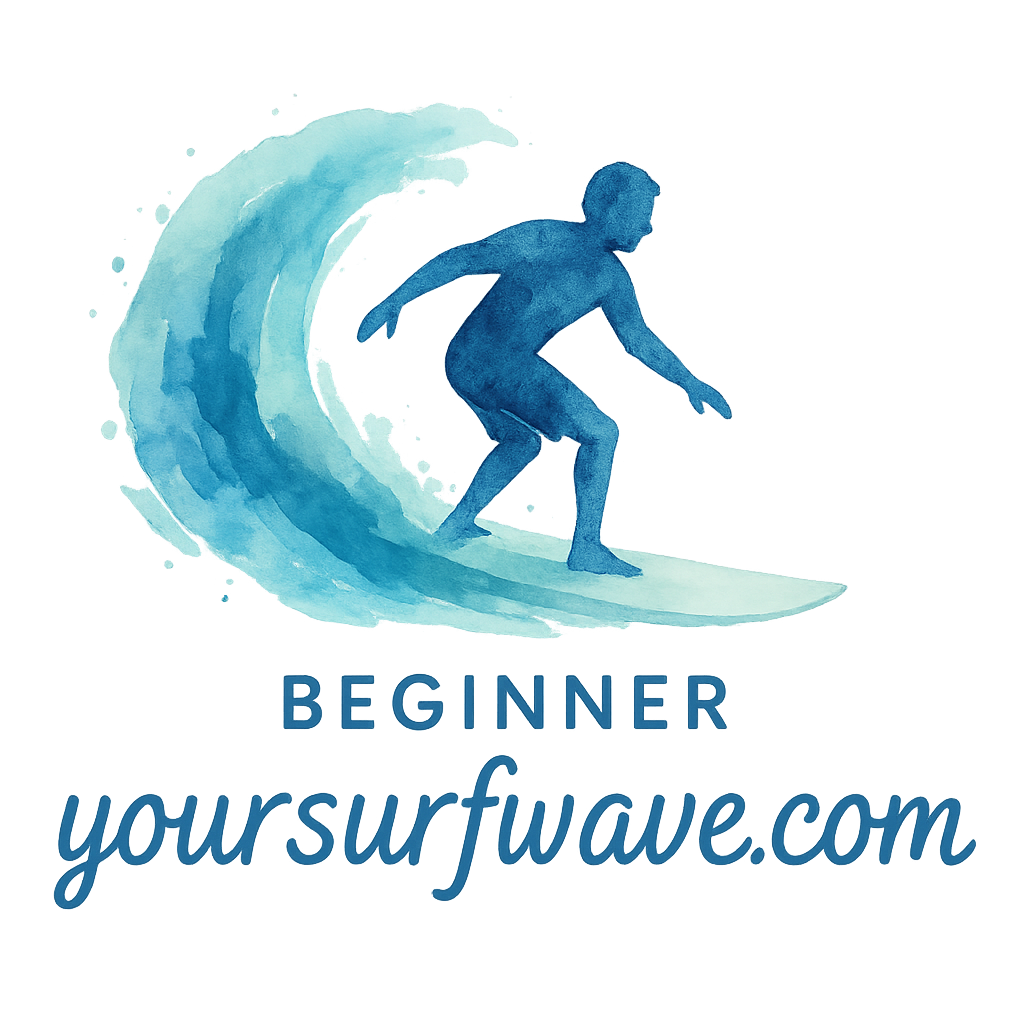There’s nothing like paddling into a clean set, catching a wave, and riding it all the way to shore. But let’s be real — the post-surf soreness? Not so fun. Whether you’re a weekend warrior or out in the water daily, your muscles take a hit. That’s why smart recovery isn’t just for pros; it’s for anyone who wants to surf longer, stronger, and pain-free.
Let’s dive into the top 10 surf recovery tips for sore muscles and how to keep your body feeling good between sessions.
Why Muscle Recovery Matters for Surfers
Surfing is a full-body workout — think HIIT meets ocean chaos. Without proper recovery, you’re more prone to burnout, fatigue, and even injuries. Good recovery keeps your muscles supple, your stoke high, and your surf game strong.
Check out our complete guide on surf fitness to build endurance and avoid chronic soreness.
Understanding Surf-Related Muscle Soreness
What Causes Muscle Fatigue After Surfing?
Surfing demands repetitive paddling, explosive pop-ups, and constant balance corrections. These actions stress your shoulders, core, and legs, leading to micro-tears in muscle fibers — aka delayed onset muscle soreness (DOMS).
Which Muscles Are Most Affected by Surfing?
If you feel like your shoulders are on fire post-sesh, you’re not alone. The lats, deltoids, and traps take the brunt from paddling, while your core and quads get blasted during duck dives and pop-ups.
Want to learn more about surf basics? We’ve got you covered.
1. Hydrate Like Your Surf Depends on It
Hydration is step one in muscle recovery. Saltwater dehydrates you fast, and if you’re surfing in the sun, you’re sweating more than you think.
Electrolytes: Not Just for Pro Athletes
Replenish lost electrolytes with coconut water or electrolyte tablets. Hydrated muscles recover faster and cramp less — win-win.
Check out our surf lifestyle tips to keep your body and stoke in sync.
2. Stretch Before and After Surfing
Stretching keeps muscles flexible and prevents tightness that can linger for days.
Dynamic Warm-Up vs Static Cool-Down
Start your surf with a dynamic warm-up (think arm circles and squats). After surfing, slow it down with static stretches to ease tension and support muscle repair.
This aligns perfectly with routines from our beginner tips guide.
3. Try Cold Water Therapy
Cold exposure is a favorite among athletes — surfers included.
Ice Baths and Cold Showers: Yay or Nay?
Yes, cold therapy works. It reduces inflammation, boosts circulation, and helps flush toxins. You can go full Wim Hof or keep it chill with a cold post-surf rinse.
Explore more wellness hacks on our beginner wellness tag.

4. Get a Proper Post-Surf Meal
Food is fuel — and recovery gold.
Nutrient Timing to Maximize Recovery
Within 45 minutes of surfing, refuel with protein and complex carbs. Think grilled chicken with quinoa, or a protein smoothie with banana and peanut butter.
For more performance fueling tips, head to surf benefits.
5. Use a Foam Roller or Massage Gun
Ever used a foam roller? It’s basically a deep-tissue massage you can do in your living room.
How to Target Surf-Specific Sore Spots
Focus on lats, shoulders, glutes, and calves — all major surf zones. If you’ve got a massage gun, even better. Keep it short and consistent.
Explore our home workout and indoor exercise tips to build an at-home recovery toolkit.
6. Prioritize Sleep for Muscle Recovery
This one’s simple. No amount of yoga or protein will save you if you’re skimping on sleep. Aim for 7–9 hours — your body does its best repair work while you’re catching Zs.
Need a holistic approach? Check out surfing therapy.
7. Practice Active Recovery Days
You don’t have to go full-send every day. Active recovery is about moving gently while letting your muscles repair.
Home Workouts and Light Movement
Go for a beach walk, a mellow paddle, or a yoga flow. Light movement keeps blood flowing and helps flush soreness.
We have tons of ideas in our indoor exercise and surf fitness resources.
8. Use Topical Muscle Relief Products
Topical treatments like arnica gel, CBD balms, or magnesium spray can ease soreness on contact. Rub it in post-shower and feel the tension melt away.
9. Incorporate Yoga into Your Routine
Yoga is the unsung hero of surf recovery. It lengthens tight muscles, improves posture, and strengthens your mind-body connection.
Surf-Focused Yoga Poses for Flexibility
Try downward dog for shoulders, pigeon pose for hips, and spinal twists to decompress your back. You’ll feel the difference next session.
Check our surfing tips and mental health sections for more zen.
10. Listen to Your Body and Rest Up
This might be the hardest one — knowing when to take a break.
Know When to Push Through vs Pull Back
If your soreness feels sharp, nagging, or just wrong, step back. Recovery isn’t a sign of weakness; it’s what strong surfers do.
For more guidance, check out learn to surf and surf therapy.
The Mental Side of Muscle Recovery
Soreness can be discouraging, especially when you’re hyped to surf. But a recovery mindset is part of the ride. Treat your body like your board — give it the wax, water, and rest it needs.
Final Thoughts: Surf Hard, Recover Smart
Surfing is about freedom, flow, and fun. But if you ignore your body’s signals, you won’t last long in the lineup. These surf recovery tips for sore muscles help you bounce back faster and ride better.
Want more surf wisdom? Explore our full site at Your Surf Wave for everything from surf gear to surf locations and beyond.
FAQs
1. How long should I rest after a surf session?
Typically 24–48 hours for intense sessions. Active recovery can be done the next day.
2. Is soreness normal after surfing?
Totally! Especially for beginners or after long breaks. It means your muscles are adapting.
3. Can I surf every day without rest?
You can, but your performance may dip. Mix in recovery or lighter days.
4. What’s better — stretching or foam rolling?
Both are awesome. Stretching improves flexibility; foam rolling targets deep muscle tension.
5. Should I eat before or after surfing?
Both. Eat light pre-surf for energy and refuel after to support recovery.
6. Can yoga really help sore surf muscles?
Absolutely. Yoga improves mobility, balance, and recovery all at once.
7. What’s the best surf recovery routine for beginners?
Hydrate, stretch, eat well, rest, and check out our beginner tips to build strong habits early.


